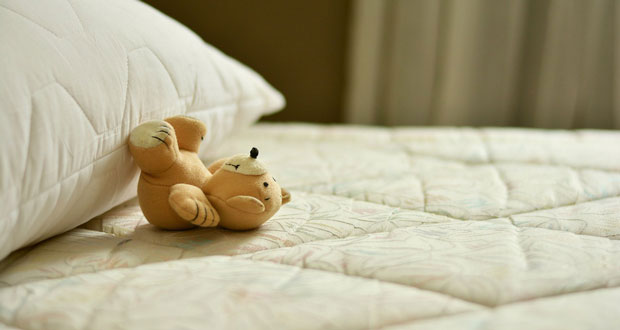Rentokil Pest Control has reported a 117 per cent increase in bed bug enquiries year-on-year. As people embark on summer getaways, Paul Blackhurst, Head of Technical Academy at Rentokil Pest Control, provides his top tips on how to avoid returning home with these unwanted visitors, which are notorious for hitchhiking their way into luggage, clothing, and other personal belongings.
Do your research before booking
Before booking your stay, do some research on customer review websites to see if there are any comments about bed bugs. If you see any negative reviews, be sure to read them carefully. You could also ask the hotel about their bed bug policy. Some hotels have a zero-tolerance policy for bed bugs, and they will immediately move you to a different room if they find any. Others may not be as proactive, so it’s important to ask about their procedures.
Don’t be tricked by their name – bed bugs don’t just live in beds!
Contrary to their name, bed bugs exhibit an excellent hiding ability, concealing themselves in various nooks and crannies within bedrooms, including cupboards and carpets. Moreover, they can seek refuge in upholstery such as sofas, curtains, and chairs, extending their presence to unexpected places such as the seats of planes, trains, and coaches. These cunning pests are adept hitchhikers, readily latching onto humans for transportation, driven by their attraction to body heat and their insatiable need for their next blood meal. Before settling into your holiday accommodation, carefully examine the bed, mattress, and surrounding areas for any signs of bed bugs, such as dark stains, faecal pellets, shed exoskeletons, or even live bugs.
Even your luggage is a target for these pests
Transporting these pests to your home is possible, especially if you casually toss your luggage onto the hotel bed. Instead, consider placing your suitcase or bag in the bathtub or shower, while you take time to check the bed and mattress. These areas typically have hard surfaces that make it difficult for bed bugs to climb in or hide. Additionally, when it comes to unpacking your clothes, it is wise to hang them up in the wardrobe instead of using the drawers provided.
Plastic bags can add an extra line of defence
Pack your belongings in sealed plastic bags to add an extra layer of protection, making it more challenging for bed bugs to access and infest your items. When selecting plastic bags for packing, opt for sturdy, resealable bags that are specifically designed for travel or storage purposes. These bags should be durable enough to withstand the rigours of travel while maintaining a tight seal to keep bed bugs out. It is also a good idea to pack items in separate bags or compartments to minimise the risk of cross contamination in case bed bugs are inadvertently introduced.
Without knowing what to look out for, bed bugs can spread rapidly – one female adult can lay 1-10 eggs a day, and 200-500 eggs in their lifetime – meaning prompt detection and swift, effective action is key to controlling an infestation.
High levels of hygiene, deep cleaning and the use of DIY measures will help to kill some bed bugs. If you are unfortunate enough to have a bed bug infestation then professional pest controllers can offer a range of services, such as heat treatment.





